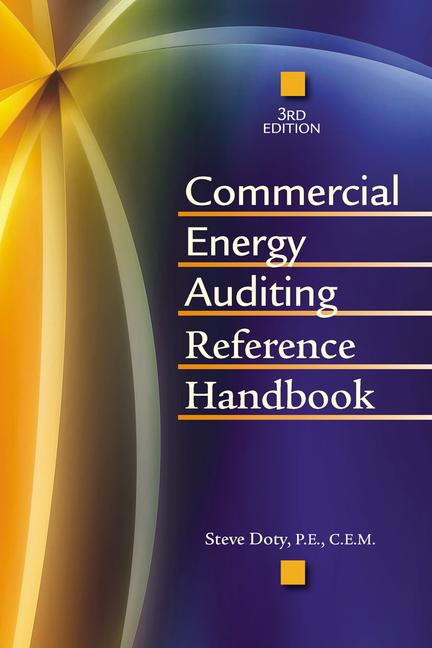
To deal with growing power demands, the Feds and some states are pushing demand-response and time-based power pricing (e.g., real-time pricing). Many utilities are helping customers to that end by providing online energy analysis software, such as Energy Profiler Online (EPO). For account loads over ~1 MW, your utility may already offer such services.

Leading The Horse To Water ...
The Federal Energy Regulatory Commission (FERC) recently studied various options for increasing customer demand response in which endusers cut back power use and/or fire up on-site emergency generators to reduce strain on the grid and utility generation. In its February 2006 report, “Benefits of Demand Response in Electricity Markets and Recommendations for Achieving Them” (available athttp://www.oe.energy.gov/docs/reports_studies.htm), FERC found that over 20,000 MW (roughly equivalent to 20 nuclear plants) of demand response was available in 2004, but less than half that amount was achieved. Only a fraction of those enrolled in such programs actually respond at a given time, making real MW reductions much lower than even FERC’s numbers.While identifying many institutional reasons for this disappointing result, one point that appears several times in FERC’s study is the lack of useful demand information to customers. One of the report’s many suggestions involved improved metering and software to better communicate demand-related data, such as when and how often demand peaks occur.
EPO To The Rescue
To help their larger customers cope with and take advantage of demand response and time-based pricing options, many electric utilities offer Energy Profiler Online (EPO), a set of Web-based tools for accessing and analyzing interval data (e.g., 15-minute electric meter readings). EPO is available in several flavors, with utilities typically offering a slimmed-down version that may not include billing and other functions available in the complete package (tour EPO atwww.pwrm.com/products/energy_profiler_online/tour/), which is also available directly from the vendor (Power Measurement Ltd.).EPO provides access to meter data in table, chart, and statistically massaged forms, usually down to the 15-min resolution of interval meters at the customer’s site(s). Access is password-protected, and raw data (e.g., date, time, kWh for each interval and meter) may be downloaded in several formats for analysis in Excel or other spreadsheets.
Among its online analytical options, EPO offers kW/kVA and power factor load profiles for customer-selected time periods (e.g., day, week, year), a load duration curve, and summary data such as weekend/weekday peak demands and usages, overall load and power factor. Multiple meters and accounts can be aggregated, and some simple forms of weather data (e.g., degree-days) may be available.
EPO’s load profiles can show when peak demands occurred, and its load duration curve and table show how often (in percent of hours) loads at various kW are reached (see graph). Customers can then use that information to identify the conditions pertaining to such peaks, and at what level they may be able to respond to calls for demand reductions. In the example in the table, we see that the last ~800 kW of load (about 11% of the peak) occurred less than 1% (i.e., about 88 hours a year) of the time.
Not Quite The Holy Grail
As usual, a few caveats are in order. Some asterisked (*) data may not be available due to utility or meter-specific limitations. Depending on the EPO version offered by a utility (or subscribed by a customer), some charting functions may not be fully active. Exported data may require additional sorting to allow other charting and statistical analyses. Online help and instructions are quite limited, but a manual is available.As a tool for demand response beginners, EPO is, however, a good place to start.



